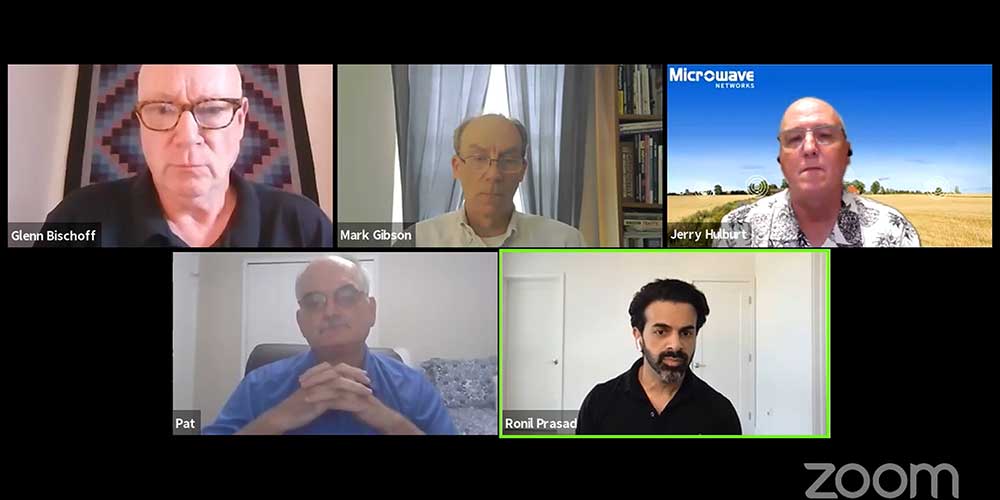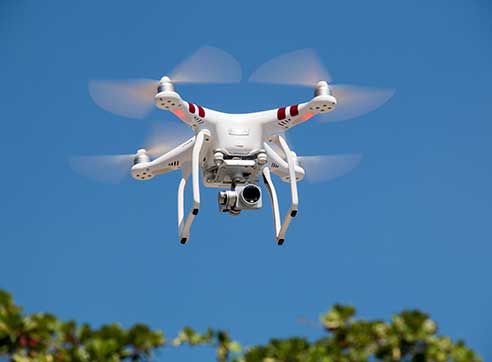In Summary:
-
Push-to-talk over celluar (PTTOC) and mission-critical push-to-talk MCPTT services are provisioned over broadband wireless services and replicate the walkie-talkie functionality of traditional land mobile radio (LMR) portable radios.
-
Through gateways, these services can be interfaced with LMR networks to allow audio to be transmitted from LMR channels to the broadband application, and vice versa.
-
They offer a good alternative for personnel who have no need for a digital radio on a daily basis but need to be provided situational awareness and coordinated incident command.
This whitepaper examines push-to-talk over celluar and mission-critical push-to-talk technology, explaining why they may be a better choice than LMR in some cases, and how they provide significantly more flexibility regarding application, device and network choices. The biggest benefit of MCPTT service is that it replicates the PTT functionality of traditional LMR systems on devices that are smaller, lighter and much less expensive than portable radios traditionally carried by first responders. Also examined are important factors to consider when deciding whether to implement the technology.







